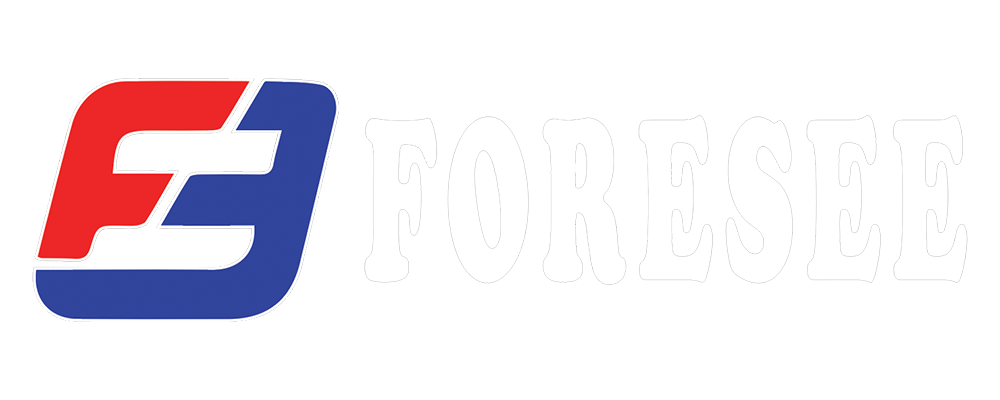Color coding plays a pivotal role in the identification and categorization of discharge hoses, catering to diverse industry standards, applications, and unique requirements. While a universally standardized color code may not exist, a fundamental framework based on prevalent practices can guide our understanding. Below, we delve into the significance of various colors and their applications in discharge hoses:
Blue: The distinctive blue hue signifies hoses dedicated to applications involving potable (drinkable) water. This color is prevalent in contexts such as water supply systems, construction sites, and municipal water distribution networks.
Green: Green-coded hoses find their purpose in the realm of agriculture and irrigation. Their role revolves around efficiently transporting water to fields, crops, and gardens, establishing their indispensability in agricultural and landscaping endeavors.
Red: The vivid red color is synonymous with hoses designed for firefighting and high-pressure water flow situations. Engineered to endure rigorous demands, these hoses are pivotal for fire hose applications and emergency response scenarios.
Yellow: Hoses adorned in yellow are frequently employed for fuel or oil discharge applications. Their innate resistance to oil renders them a common choice in fueling stations, industrial machinery, and transportation settings.
Orange: The vibrant orange hue signifies hoses tailored for the safe discharge of chemicals or hazardous materials. Their robust design equips them to handle a diverse range of substances, making them a staple in industries where chemical handling takes precedence.
White: White-colored hoses find their purpose in conveying consumable liquids, making them a staple in food and beverage industries, as well as pharmaceutical applications. This color is emblematic of food-grade or sanitary discharge, emphasizing purity and safety.
Black: In the industrial and heavy-duty domain, black hoses reign supreme. Engineered to endure the harshest conditions, they are frequently deployed in construction, mining, and other demanding environments.
Gray: Gray hoses specialize in the management of effluent, sewage, and waste materials. Their design tackles waste or wastewater discharge, playing an integral role in sanitation and environmental stewardship.
Brown: The earthy brown color signifies hoses capable of handling slurry or sediment discharge. These hoses excel in managing materials with suspended solids, a common occurrence in construction, mining, and dredging activities.
Purple: Occasionally, purple hoses step into the spotlight to denote specific applications or non-standard uses. Depending on the industry or organization, purple may indicate a unique fluid or material type that warrants distinct handling protocols.
It's important to underscore that while these descriptions provide a broad overview of color-coded discharge hoses, strict adherence to industry standards, regulations, and region-specific guidelines is imperative. Proper labeling and color coding of hoses substantially enhance safety, operational efficiency, and the management of fluid dynamics.

Recent post